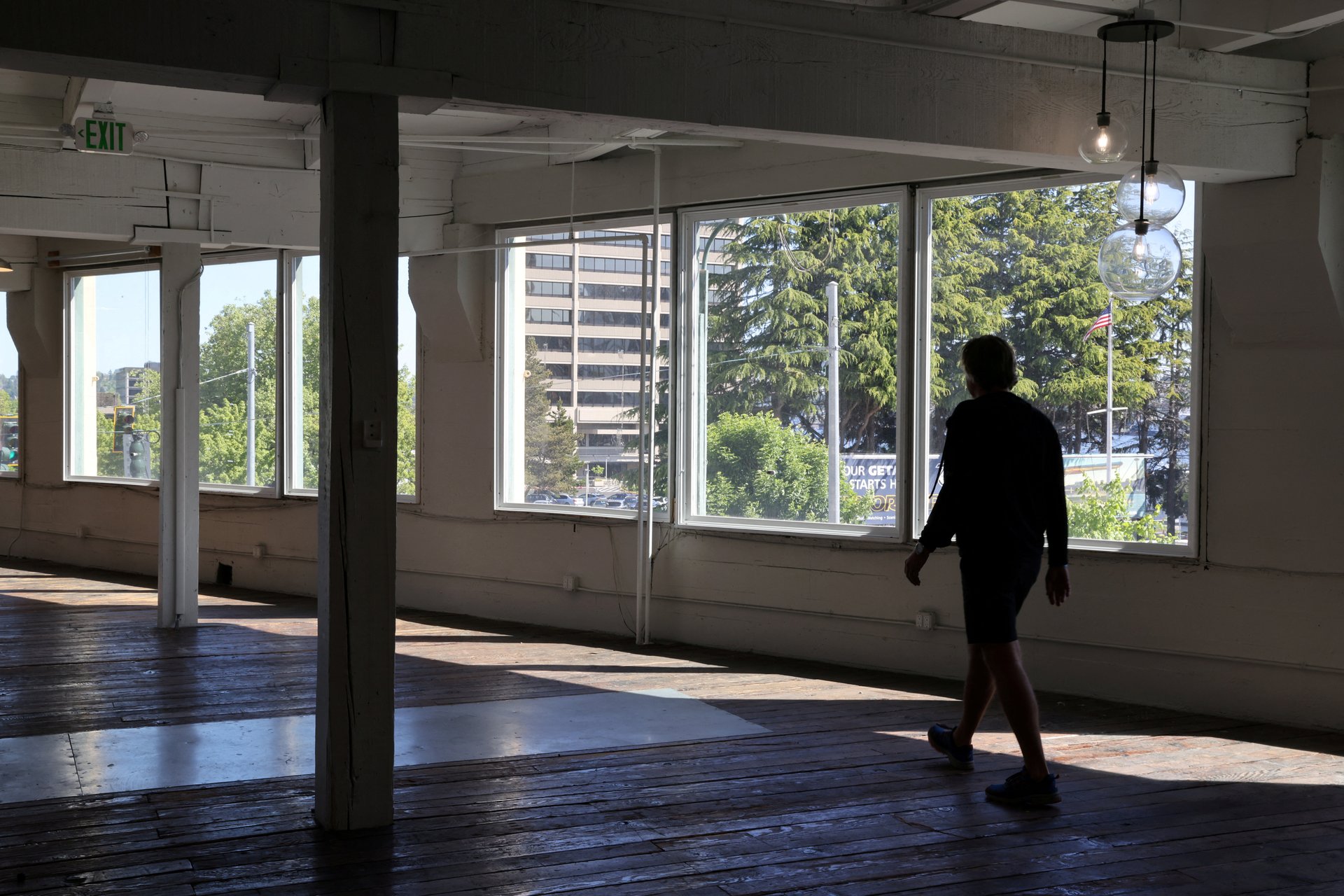Advice from LinkedIn's COO on how to hold on to great employees
And why you should let them move around within your ranks

When the pandemic hit, people clung to their jobs. But just months later, we saw an onslaught of people changing roles, which we at LinkedIn called The Great Reshuffle.
While the current economic slowdown is leading to less job switching, in twelve months, we’ll see attrition spike just as companies see their businesses return to growth. The leaders that invest in their people today will hold onto their best employees—and win the rebound.
But what kind of investment should companies make, especially as budgets are tight? It’s a simple answer: an internal marketplace, or more opportunities for employees to move between roles and projects within your ranks.
The data is clear that workers, particularly younger ones, value opportunities for career growth over other factors including work-life balance or work that makes an impact. And even though employees may be sheltering in place right now due to economic uncertainty, making your team and their career growth a priority will help you keep your best employees when the pendulum swings back the other way.
Build the internal marketplace
Creating career growth opportunities internally is the number-one way to counter attrition and apathy, according to our research (pdf). Across the globe, employees who make an internal move by the two-year mark at their company are far more likely to keep working with you: 75% of those who have moved internally are likely to stay on, compared to 56% of those who haven’t.
As a manager, building a culture that fosters internal mobility starts with encouraging employees to have open discussions about their career objectives. But at most companies, there aren’t always systems to capture an employee’s interests and skill development. That’s only compounded when internal roles go to those with the strongest personal networks, rather than top performers with the highest potential.
In contrast, leaders and managers can join a new wave: one where companies document their employee’s career aspirations, and then task their talent acquisition teams with sourcing candidates internally, just as they have learned to do externally. These teams are finding that searching for internal talent first often reveals that your next best employee is often your current employee. Dropping top performers in new roles is the strongest way to drive retention.
While an internal marketplace can sometimes take years to build and hone, there are short-term wins much faster to reach. Take talent consultancy Grayce, which had ambitious internal mobility goals; it succeeded by putting learning at the center of career progression. After launching a three-level learning program for analysts, they were able to use level completions as a means for employees to get tracked to promotions. With the right opportunities for growth, teams are more likely to feel valued and invest in the companies that are investing in them—regardless of the state of the labor market.
Upskill, train, repeat
Investing in the skills of your top performers is a great path to keeping them engaged. Global technology company Siemens understood the value of this investment in its employees’ careers and wanted to build new learning habits that keep employees motivated. So they created a program they called The SkillUp! Challenge, an internal initiative designed for daily learning; employees were challenged to complete a series of learning programs that ranged from diversity and inclusion to communication skills. Despite what your attrition numbers may say, now is the time to create these types of programs that will keep employees motivated and engaged in the long run, which will also improve organizational agility and adaptability.
Across the globe, employees are most motivated by making progress toward their career goals. We’ve found that of workers looking to change jobs in the next year, one-third plan to find upskilling and training opportunities elsewhere. Meanwhile, 89% of learning and development (or L&D) professionals agree that proactively building employee skills will help them navigate the evolving future of work. Now, recruitment and L&D leaders work together to build systems that grow employee skills, with an eye to placing those employees in different experiences over time. While 62% of recruiting pros say they already work closely with L&D, 81% say they need to work even more closely going forward.
Attrition is always costly, and although attrition is lower than usual in this economic environment, it’s likely to rebound sharply as the economy strengthens. By leaning into your top performers to enable internal mobility and upskilling, not only can companies give employees more fulfilling careers: they can also hang on to those employees, grow them in their ranks, and thrive in any season.
Dan Shapero is the chief operating officer at LinkedIn.